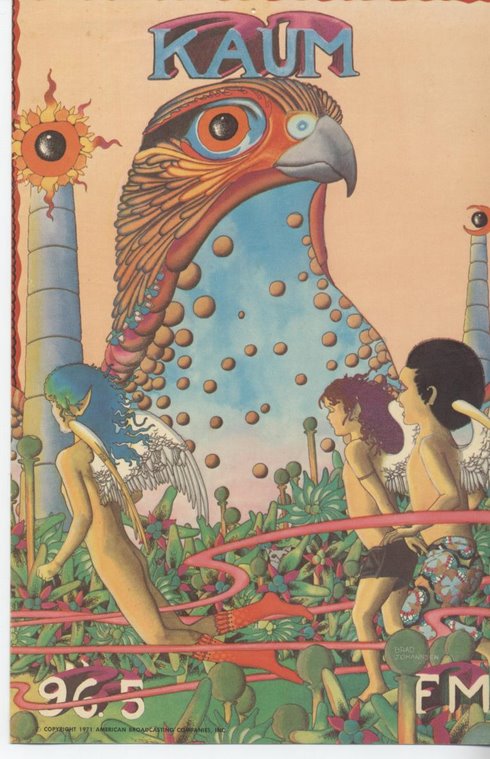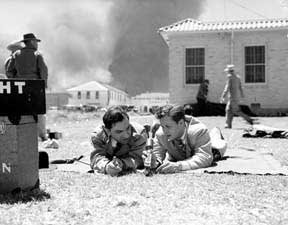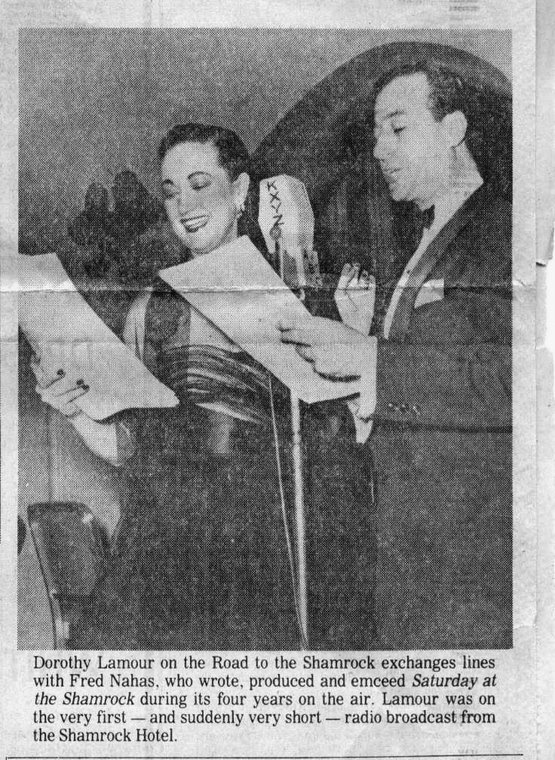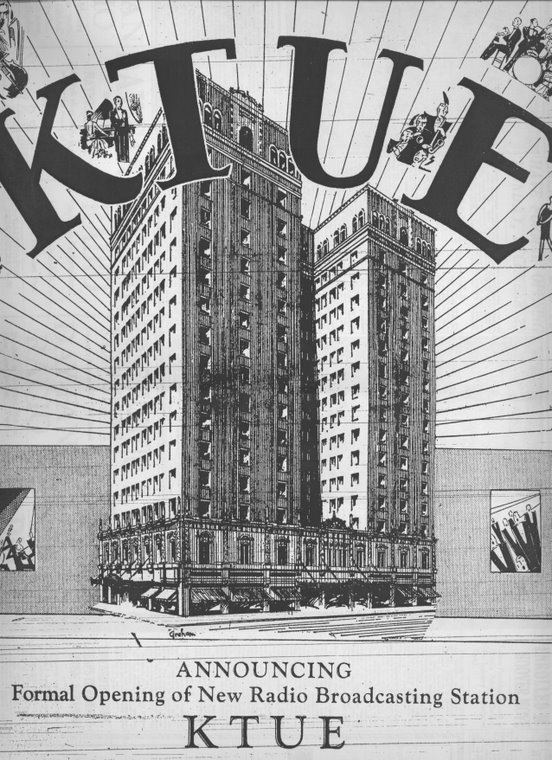The 1940s - Part 1 - NARBA and other dances up and down the dial plus a 50 kw blowtorch
The decade of the 1940s was to be a very busy one for Houston broadcasters and prospective broadcasters though the action really didn’t pick up until after the end of World War II. The decade of the 40s rivals the early 1920s in terms of activity except in one respect: the survival rate of new stations started in the 40s is much, much better than for those started in the 20s. This is particularly true of the new AM stations though there were a number of early FM stations that did not survive.
There had been only three radio stations in Houston since August, 1932, and it was not until 1944 that a new station signed on; after the middle of the decade there was a flood of new stations.
But first things first: a story in the Chronicle on March 2nd, 1941, announced that Houstonian Lee Segall had just sold his third program to a radio chain (network). Segall, then of Segall Weedin Advertising, had sold ‘What’s Your Idea” to NBC, to be produced in Chicago. According to the article, the program invited audience members to share their ideas for a radio program. ‘The Handbook of Old-Time Radio’ by Schwartz and Reinehr lists the program ‘What’s Your Idea?’ as a 15 minute morning talk program hosted by Imogene Walcott on MBS from 1943-45; it’s not known if this was the same program sold by Segall. The Chronicle story also said Segall had sold two famous coast-to-coast programs previously, Vox Pop, which the article claimed he developed with Parks Johnson, and Dr. I.Q., which was then airing on 91 stations. In addition, another Segall show, ‘Sing for Dough’ was said to be airing weekly locally. The source noted above also shows a program by that name was on the NBC Blue network in 1942-43, an audience participation program hosted by Lew Valentine who had been the first network Dr. I.Q.
Segall was to continue to be active in Houston radio and advertising until after the middle of the decade.
On March 29, 1941, as a result of the North American Radio Broadcast Agreement, 90% (802 out of 893 or 795 out of 883, depending on who's counting) of the radio stations on the air in the United States changed frequency at 3am ET. This historic agreement allotted radio frequencies between the US, Canada and Mexico. For all three Houston stations it meant moving up the dial 30 kilocycles: KPRC moved from 920 kc to 950 kc, where it has been ever since, KTRH moved from 1290 kc to 1320 kc and KXYZ moved from 1440 to 1470 kc. Down in Galveston, KLUF moved to 1400 kc, the frequency it has occupied ever since thru subsequent call letter changes.
A year and 9 months later, on December 16, 1942, KTRH and KXYZ moved again, the former to 740 kc and the latter to 1320 kc, where they have both been ever since. There were notices on the front page and radio page in the Chronicle leading up to the switch but I have yet to find an article that explains why these moves were made.
That same day the Chronicle also reported that ‘Houston radio man Lee Segall’ had reported for duty at the headquarters of the 8th Service Command, assigned to the public relations branch in Dallas as a civilian under the War Department. It was during his military stint that Segall was to meet show business personalities, some of whom would be his partners in putting radio stations on the air in Dallas in 1947.
The day before NARBA took effect the Chronicle had reported that Greater Houston Broadcasting Co. had been chartered by the State of Texas and filed with the FCC for a non-network station to operate on 1230 kc in Houston. The principals included H. R. Safford of Ritchie Safford Advertising Co., President and GM, W. H. Atchinson, 1st VP, J. H. Chew, 2nd VP, Thomas D. Anderson and Forest Lee Andrews. They were to have a formidable competitor for the license.
In 1940 Harris County Judge Roy Hofheinz had formed Texas Star Broadcasting with oilmen J.R. Parten, Hugh Roy Cullen, and W.N. ‘Dick’ Hooper as his partners and filed for a construction permit for a station on 1230. The initial application was stalled by the onset of WWII and when Parten and Cullen wanted out, Hofheinz bought their shares and became 75% owner of Texas Star. The next section of this chronology of the 1940s will deal with Texas Star’s radio station, KTHT.
According to information from an FCC microfiche of records relating to KTRH shared with me by Barry Mishkind of The Broadcast Archive, KTRH boosted its power to 50, 000 watts in April, 1943, but I have not had time yet to research that time period in the local papers for further information. That KTRH microfiche, however, also claims that April, 1943, was when KTRH moved to 740 kc, which is not true.










No comments:
Post a Comment